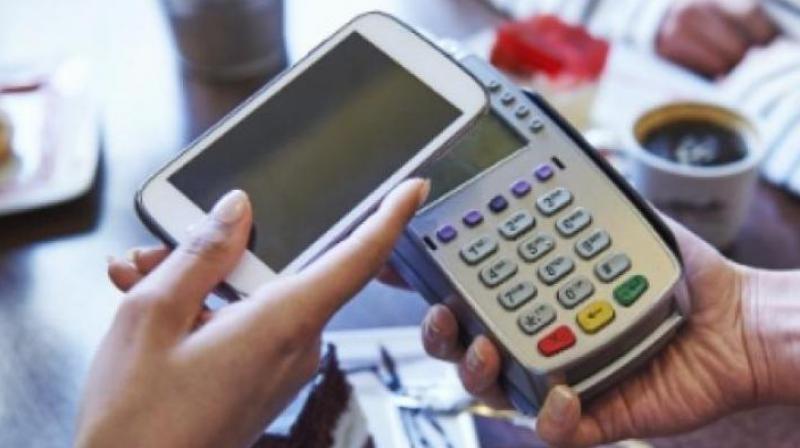Digital euphoria wanes

Hyderabad: As there was little liquid cash in the market following the note ban announcement, a majority of traders, including hawkers, went digital with POS and payment apps.
However, after introduction of new Rs 500 and Rs 2,000 currency denominations, the cashless payment system began to take a back seat.
Ibrahimpur, the first cashless village where 1,200 villagers from 370 families were given debit cards, gave up the technology mode and opted for cash transactions six months ago. Similarly, Yadadri, the first cashless temple city, also opted for cash transactions.
At Kacheguda, the first cashless railway station, no vendors at the platform utilise POS machines. The surcharge on card transactions is holding them back from banking too much on the cashless payment.
Mr Kailash Agarwal, a retail store owner from Amberpet, said that the RBI imposed a 2 per cent surcharge on credit card payments.
“A few wholesalers demanded 1 per cent additional charge. The digital boom astronomically rose in six months after the demonetisation,” he said.
G. Ramesh, a techie from Secunderabad, said that there was no surcharge on the card payment at petrol bunks before the demonetisation.
“Now, banks are deducting 1.5 to 2 per cent. Initially, the RBI announced a cash back on the surcharge. However, the amount is not credited with bank accounts,” he said.
In TSRTC, except for booking Vajra buses, the reservation counters are back with cash payments. General M.S. Kumar, secretary of Bank Employees’ Federation, said that banks suffered huge loss due to the demonetisation.
“It impacted loans and deposits. The government did not pay any remuneration to the bank staff who worked additional hours and during holidays to clear the extra rush,” he said.

